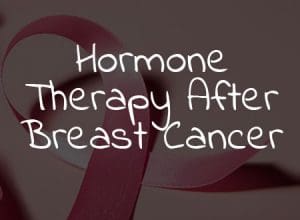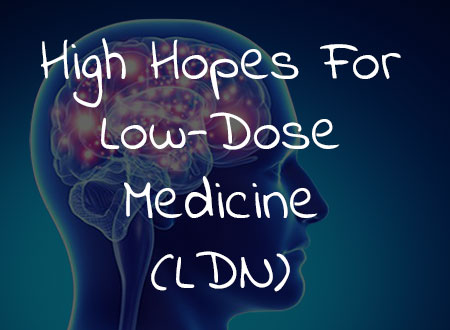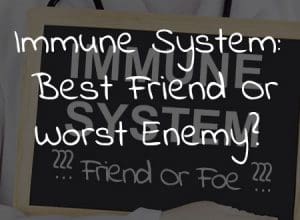



Naltrexone has been shown to help heroin and alcohol addicts kick the habit. But, in much smaller doses, it holds tremendous promise in treating autoimmune disorders.
The story of naltrexone is a good example of how scientific discoveries are often made unintentionally. In this case, it started with research into what hooks addicts to the heroin or alcohol they so desperately crave.
If you’re an athlete or a body builder, you’ve probably heard of endorphins. These are the body’s natural painkillers and are secreted whenever parts of your body are injured or placed under stress. Endorphins have a euphoric effect on the brain, described as a “runner’s high”, which is felt during or directly after a heavy bout of exercise. This occurs because the endorphins stimulate specialised cells in the brain, known as opioid receptors.
These cells are also sensitive to “external” painkillers, such as morphine and heroin. Alcohol, on the other hand, affects the opioid receptors indirectly, because it stimulates the production of other types of internal opioids.(1) The more external stimulation the opioid receptors receive, the less endorphins the body produces. This deficiency worsens over time as the body becomes more and more dependant on alcohol or heroin.

Naltrexone, in a large 50mg dose, was licensed by the US Food and Drug Administration in 1984 as a treatment for heroin addiction. This was thanks to its ability to “block out” endorphins at the opioid receptors in the brain, making them immune to the euphoric effects of heroin. (2)
In 1985, a US doctor by the name of Dr Bernard Bihari tried naltrexone with more than 50 heroin addicts who had stopped using the drug, but the side effects at that dose were unbearable.(3) Then, later that year, a large number of heroin addicts became sick with AIDS, which prompted Dr Bihari and his colleagues to shift their focus to this disease and to ways of strengthening the patients’ immunity.
Since endorphins are the hormones centrally involved in supporting and regulating the immune system, Dr Bihari’s team measured levels of endorphins in the blood of AIDS patients and found them to be less than 20% of normal.
He knew that when naltrexone is administered, it first stimulates the body to produce more endorphins. But if the dosage is too high, the effects are blocked. Dr Bihari found that with lower doses – a fraction of those given to addicts – which are taken at night when the body’s own production of endorphins is highest, the blockage doesn’t occur.


Autoimmune conditions are confusing because they’re often assumed to be caused by an overly strong immune system. This isn’t the case. Underlying these conditions, is an immune system that’s poorly regulated.(5) The immune cells, or lymphocytes, then fail to distinguish between foreign invading organisms and the body’s own cells, and when the immune system begins to attack, it triggers the widespread inflammation and scarring seen in the affected parts.
In autoimmune patients, low-dose naltrexone (LDN) works by restoring endorphin levels to normal, thereby allowing the immune system to resume its usual function. Many studies have shown that an immunodeficiency is a characteristic of autoimmune diseases, including multiple sclerosis, rheumatoid arthritis, Crohn’s disease and chronic fatigue syndrome.(6,7,8) There are even studies suggesting that LDN’s role of modulating immune function may eventually play a role in disease prevention, rather than treatment.(9)
One of the most promising and recent results, however, comes from a study that looked at the effects of LDN on people who suffer from Crohn’s disease, an autoimmune inflammatory condition of the bowel.(10) After 12 weeks, as many as 78% of those treated with LDN experienced a dramatic decline in the severity of their symptoms, while 33% were in complete remission. With dramatic results such as these to encourage further research, there’s hope on the horizon for those suffering from autoimmune disorders, albeit in the form of a medicine not initially created for that purpose. It is, however, no magical cure-all, and an integrative and comprehensive approach to autoimmune conditions is still the best treatment route.
Curcumin (up to 3.2g daily)
Coenzyme Q10 (100-400mg daily)
Krill oil (1,000mg) or fish oil omega-3 (2,000mg daily)
High potency probiotic formula
Lactoferrin (1.8g-3.6g daily)
Vitamin E (400-1,200 IU daily)
Vitamin D3 (2,000 IU daily)
Colostrum (1,000mg daily)
Low-dose naltrexone (on prescription)
References
Watch Dr. Golding talk on Integrative and Anti-Aging Medicine.
Sign up for our newsletter to find out more about the exciting world of integrative medicine
